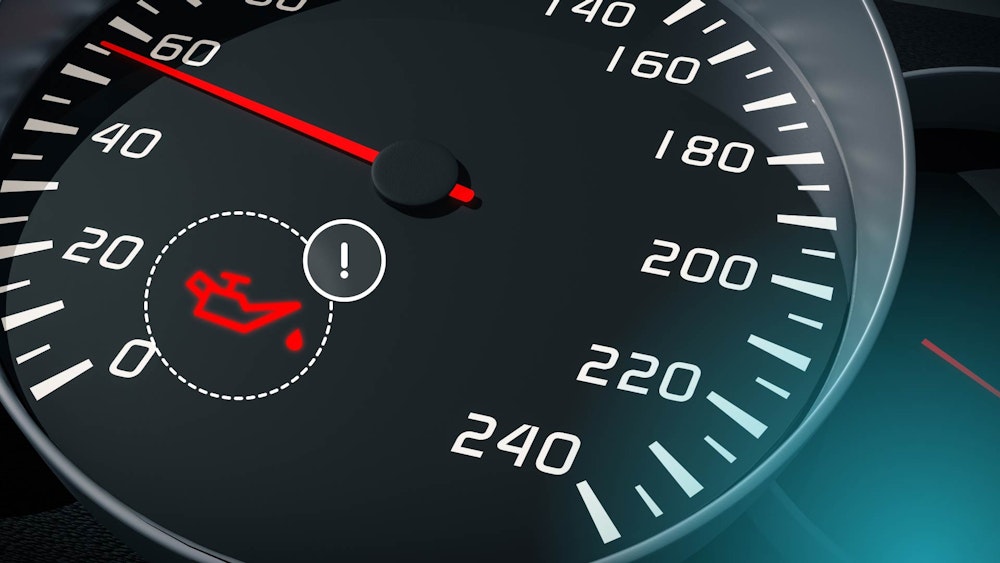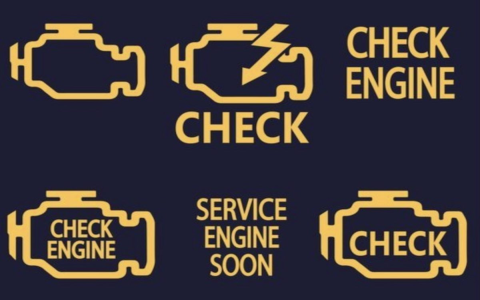Your vehicle's oil level and pressure are critical for engine health. While low oil doesn't directly trigger the check engine light (CEL), it often causes secondary issues that will:
Primary Cause: Low Oil Pressure
Most commonly, low oil level leads to insufficient oil pressure. Modern engines have an oil pressure switch or sensor:
- When pressure drops below a critical threshold, the sensor sends an alert to the engine control unit (ECU).
- Engine oil is vital for lubricating bearings, camshafts, and preventing metal-on-metal contact.
- The ECU interprets critically low pressure as a severe risk for immediate engine damage.
- Therefore, it triggers the CEL (often alongside a separate oil pressure warning light) and likely stores a specific trouble code (e.g., P052X series - Engine Oil Pressure Low).
Secondary Causes: Variable Valve Timing (VVT) Issues
Low oil pressure or volume frequently disrupts VVT systems:

- VVT relies on controlled oil pressure to adjust camshaft timing.
- Insufficient pressure prevents the VVT actuators (solenoids) from functioning correctly.
- The ECU detects the camshaft timing deviation from its target position.
- This results in VVT-related trouble codes (like P001X or P002X) which illuminate the CEL.
Prevention & Action
- Check oil level immediately if the CEL appears and an oil pressure warning shows. Use the dipstick.
- Add the correct oil type as needed to bring it to the proper level. Never overfill.
- If the CEL stays on after adding oil and the pressure warning clears, have the ECU scanned for stored trouble codes.
- Prolonged driving with low oil can cause catastrophic engine failure or damage components like the catalytic converter.

